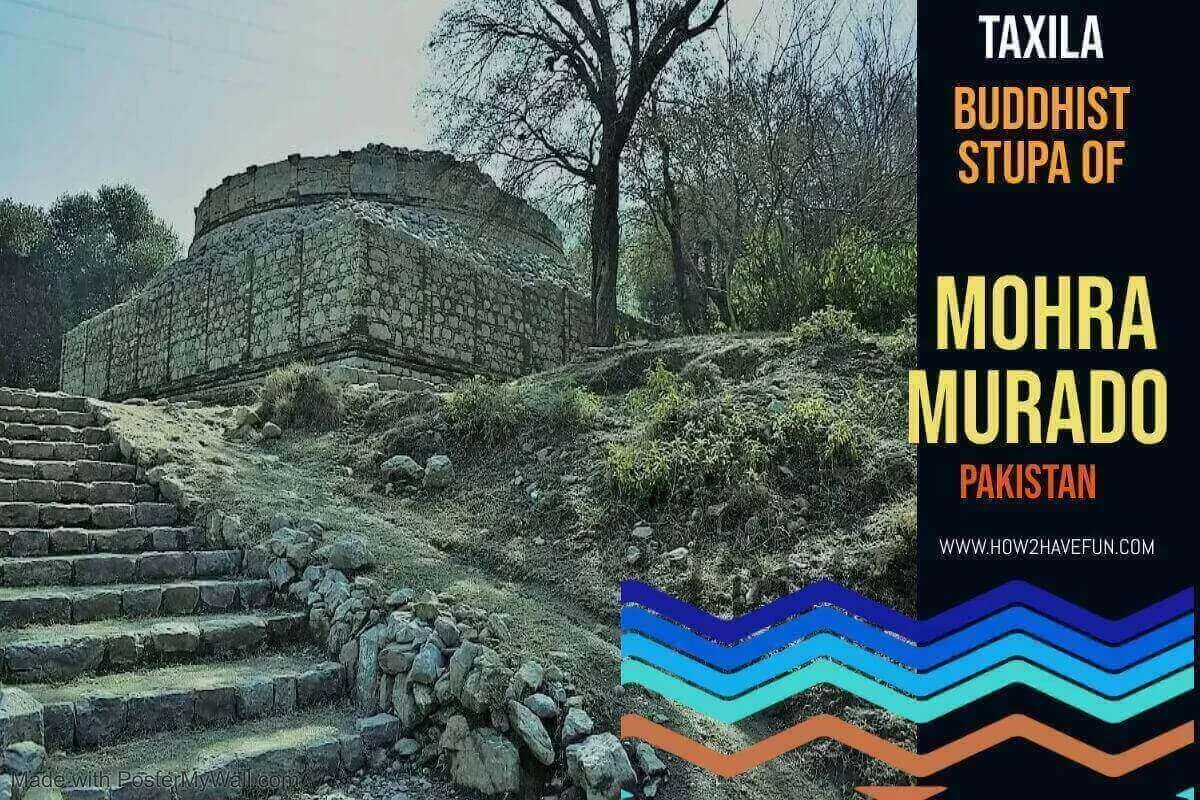Buddhist Stupa of Mohra Murado, Pakistan signify?
What struck me about Mohra Murado was its tranquility. I could still hear the rustling of leaves and the stream close by.
A few kilometers from Taxila town is the 2nd century Buddhist retreat of
Mohra Murado , nestled in the hills. A stream of water still runs through this ancient Mohra Murado monastery. I bet the afghan refugees living in the vicinity of this national monument must be having the time of their lives, high over the plains.
.jpg)
The top portion of the Mohra Murado Buddhist Monastery is still preserved in its original form nearly 2000 years after it was erected over the site.
Even the watering well is still functional.
Stupa means ‘mound’ in Sanskrit. Mohra Murado’s semicircular mound is still intact with elaborately carved stupas of devotees surrounding the main structure.
.jpg)
The shrine of the five saints was also inside the premises. I guess all religious clergy have a thing for prime real-estate.
.jpg)
A prayer Buddha with the cavity to insert your index finger was also there.
.jpg)
The most significant find from the site is the pointy spire that rests over the semicircular mount.
This spire is erected over the dome shaped earthen mount – the anda – which represents the semi-spherical universe.
The first thing that the colonial British archeologists took away from this site was relic of Buddha that was nursed inside a shaft that opens from the top of the stupa’s dome.
.jpg)
The hemisphere has a square box placed on top of it called the harmika. This box once housed the venerated remains of Buddha, but not in the later day stupas. This box is always aligned in a NE – SW axis, relative to the Sun.
The faithful circumambulate in a clockwise direction on a track called the medhi.
On top of the dome, the spire comprises of several segments that that signifies different aspects of the Buddhist religion.
Immediately after the square box is the stem, the yashti, that points towards the heavens..jpg)

On top of the stem is the three chhatras (umbrellas) that represent the three pillars of Buddhism; Buddha; Dharma (doctrine); Sangha (community).jpg)

This monastery was very close to the 2nd century AD town Center, SirKap so that the monks could ask for alms and supplies..jpg)

When Buddhist influence waned, this site was gradually abandoned around the 5th century.
Enjoy the video also by clicking this link. Taxilla and surrounding Buddhist sites.
